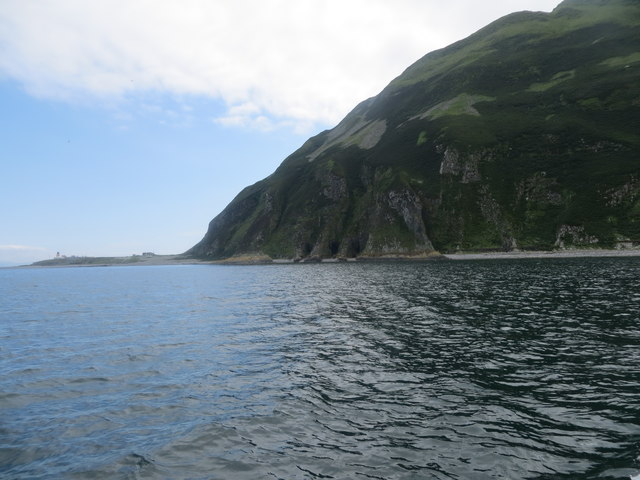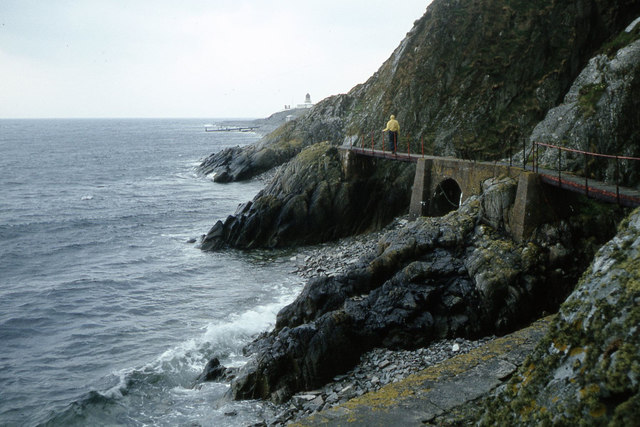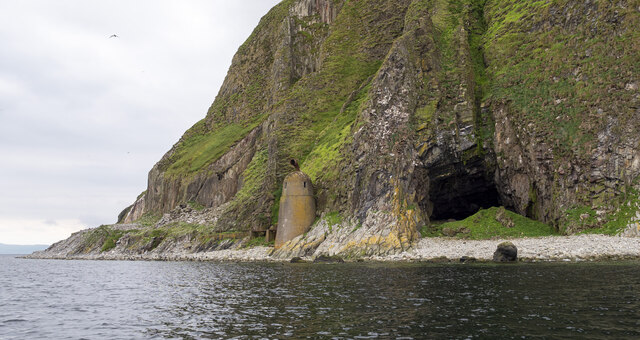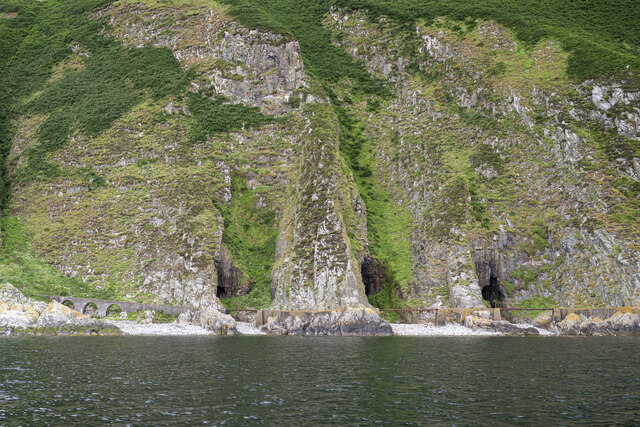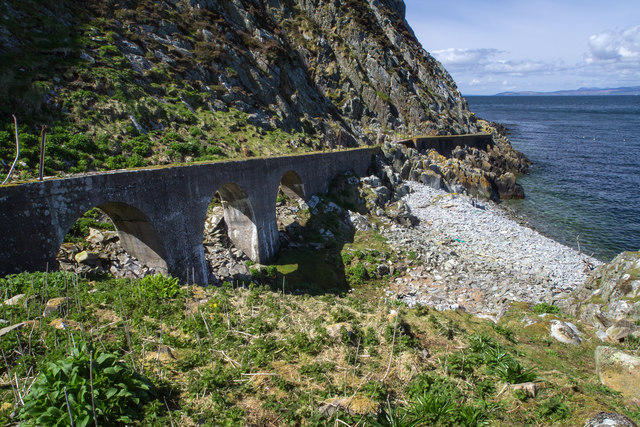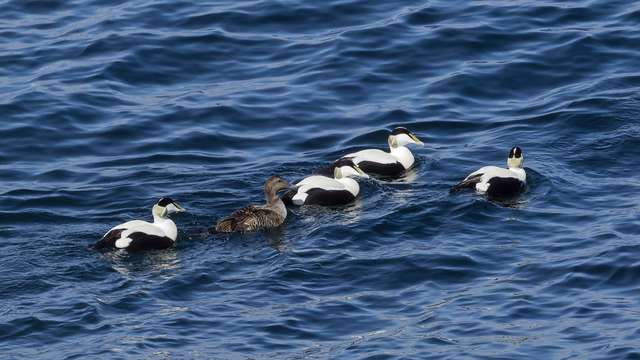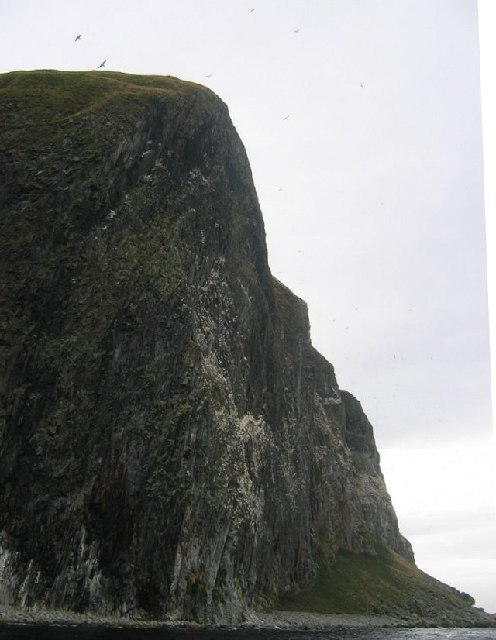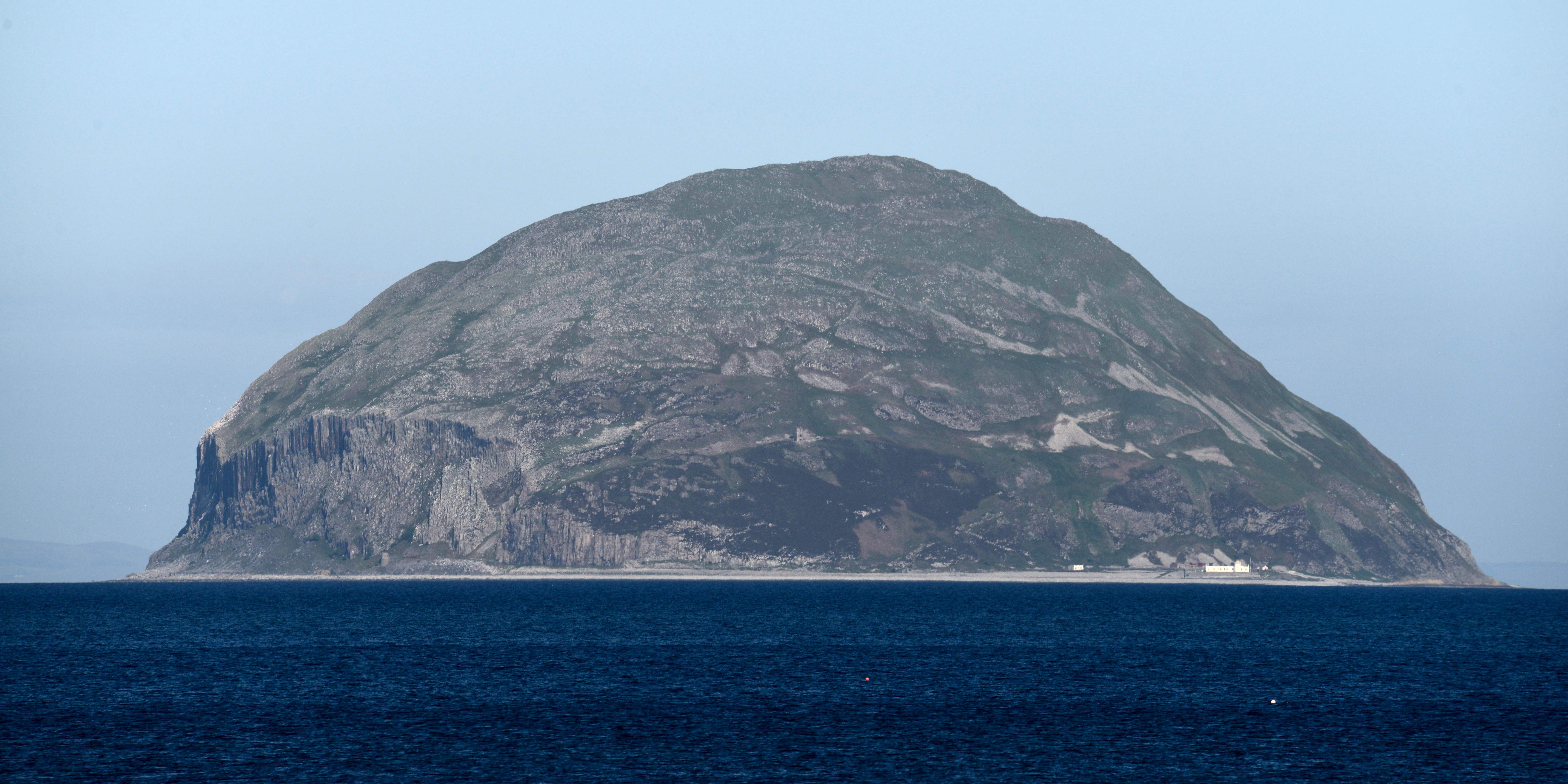Castle Comb
Coastal Feature, Headland, Point in Ayrshire
Scotland
Castle Comb
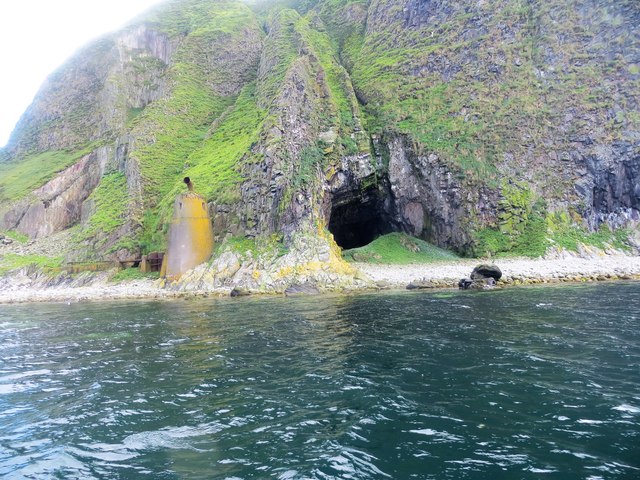
Castle Comb is a prominent headland located in Ayrshire, a county on the southwestern coast of Scotland. Situated along the rugged coastline, Castle Comb is known for its picturesque beauty and historical significance. The headland juts out into the North Atlantic Ocean, offering breathtaking views of the surrounding sea and coastline.
The name "Castle Comb" is derived from the ruins of a medieval castle that once stood on the headland. The castle, believed to have been constructed in the 13th century, was a strategic stronghold during various conflicts in Scotland's history. Today, only remnants of the castle remain, including parts of the outer walls and a tower.
The headland itself is characterized by steep cliffs and rocky outcrops, with a rugged terrain that adds to its dramatic appeal. It is a popular destination for nature lovers and hikers, who can explore the coastal paths and enjoy the stunning vistas. The headland also attracts birdwatchers, as it serves as a nesting site for various seabirds, including gulls and cormorants.
Visitors to Castle Comb can take advantage of the nearby coastal village of Ayr, which offers a range of amenities such as accommodation, restaurants, and shops. The headland is easily accessible by road, with parking facilities available for visitors.
Overall, Castle Comb in Ayrshire is a captivating coastal feature, offering a blend of natural beauty and historical significance. Its rugged cliffs, stunning ocean views, and remnants of the medieval castle make it a must-visit destination for those exploring the southwestern coast of Scotland.
If you have any feedback on the listing, please let us know in the comments section below.
Castle Comb Images
Images are sourced within 2km of 55.251168/-5.11379 or Grid Reference NX0299. Thanks to Geograph Open Source API. All images are credited.
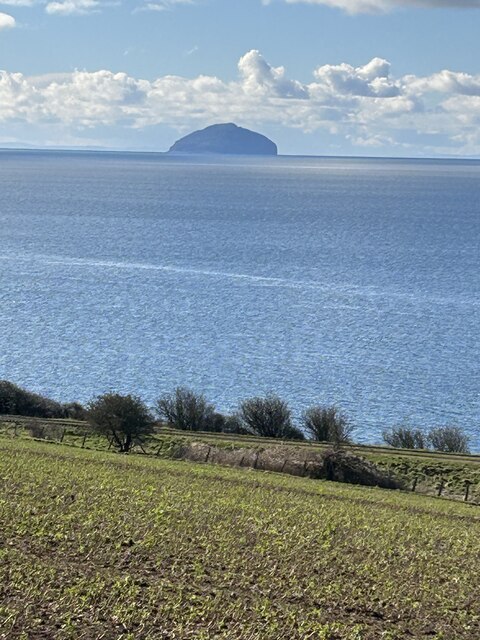
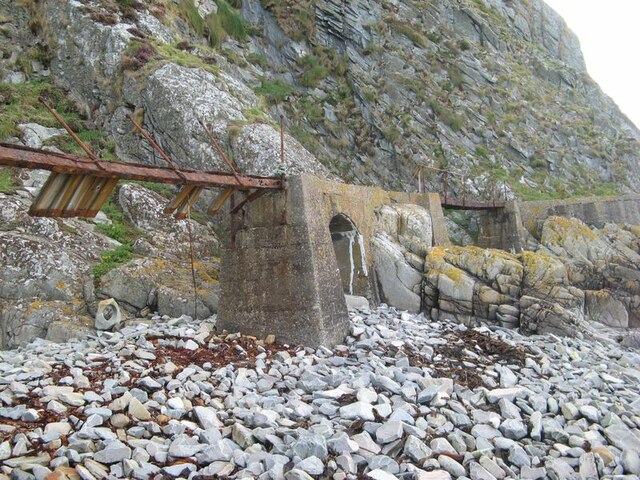
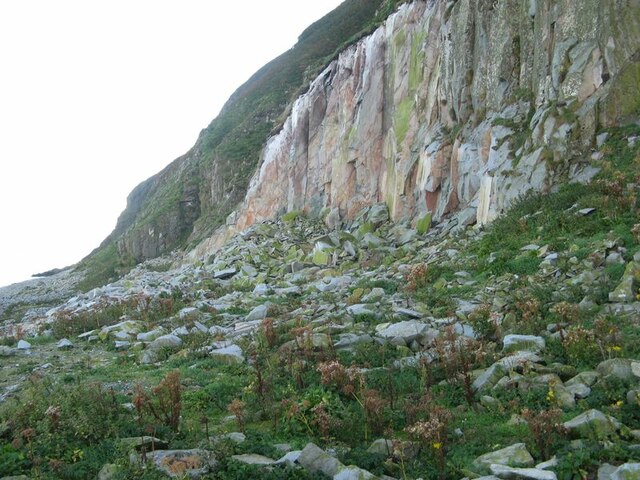
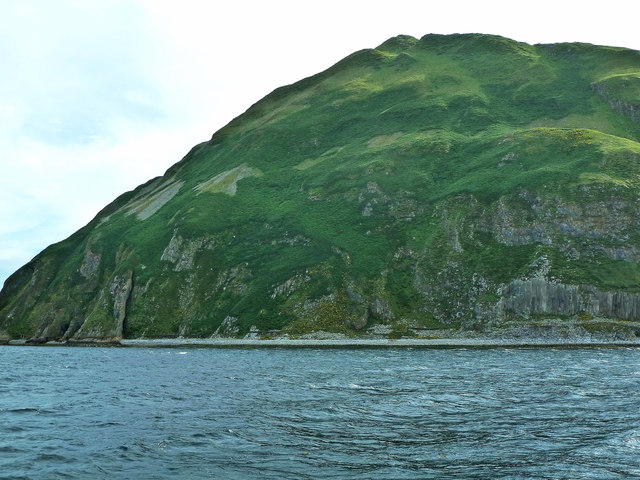
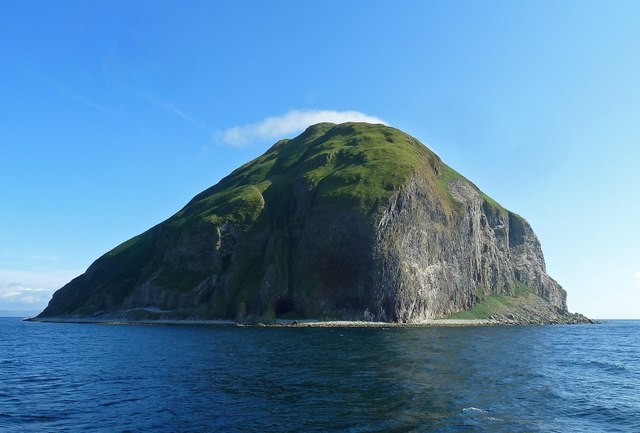
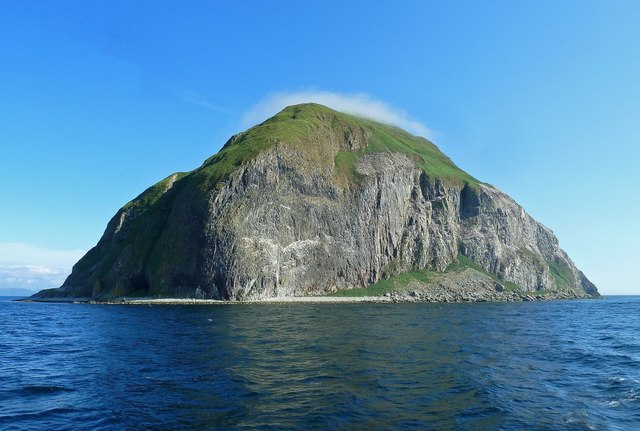
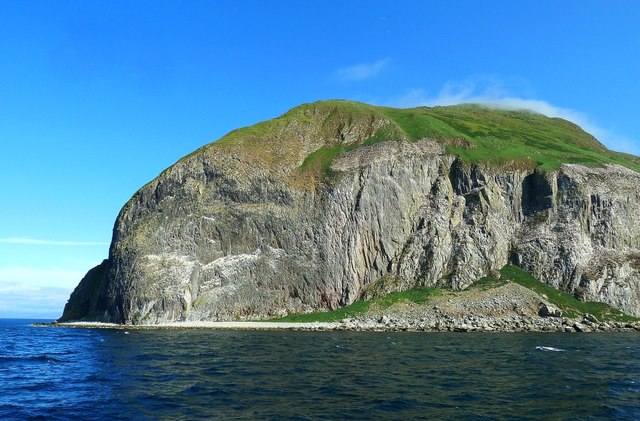
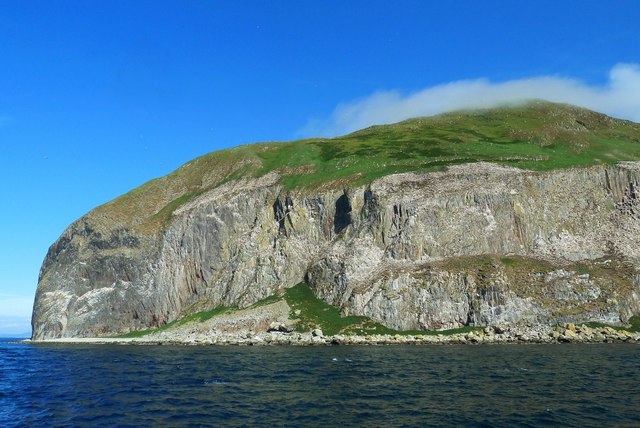
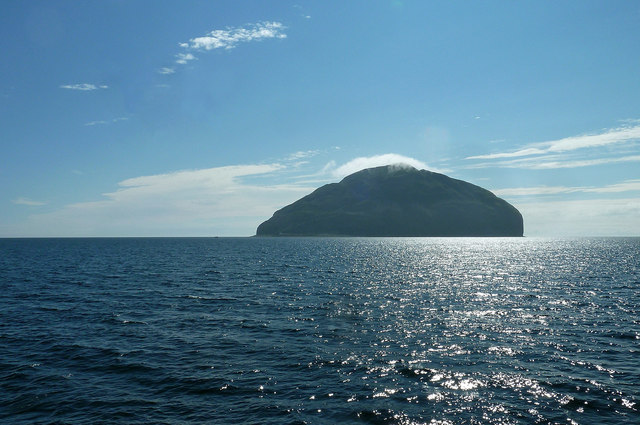
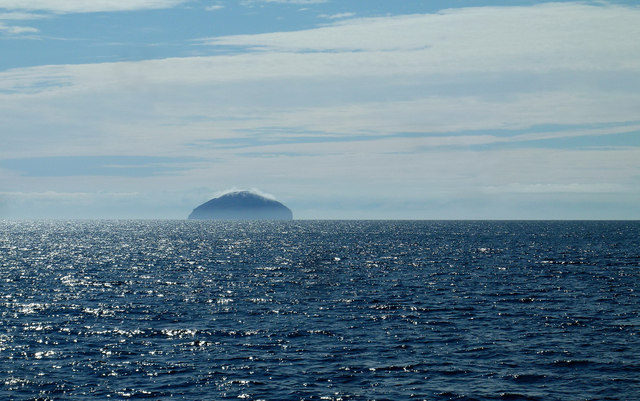
Castle Comb is located at Grid Ref: NX0299 (Lat: 55.251168, Lng: -5.11379)
Unitary Authority: South Ayrshire
Police Authority: Ayrshire
What 3 Words
///splint.windpipe.trend. Near Girvan, South Ayrshire
Nearby Locations
Related Wikis
Ailsa Craig
Ailsa Craig (; Scots: Ailsae Craig; Scottish Gaelic: Creag Ealasaid) is an island of 99 ha (240 acres) in the outer Firth of Clyde, 16 km (8+1⁄2 nmi) west...
Ailsa Craig Lighthouse
The Ailsa Craig Lighthouse, is an active 19th century lighthouse located on Ailsa Craig, an island in the Firth of Clyde, just offshore from Girvan, South...
Nearby Amenities
Located within 500m of 55.251168,-5.11379Have you been to Castle Comb?
Leave your review of Castle Comb below (or comments, questions and feedback).
